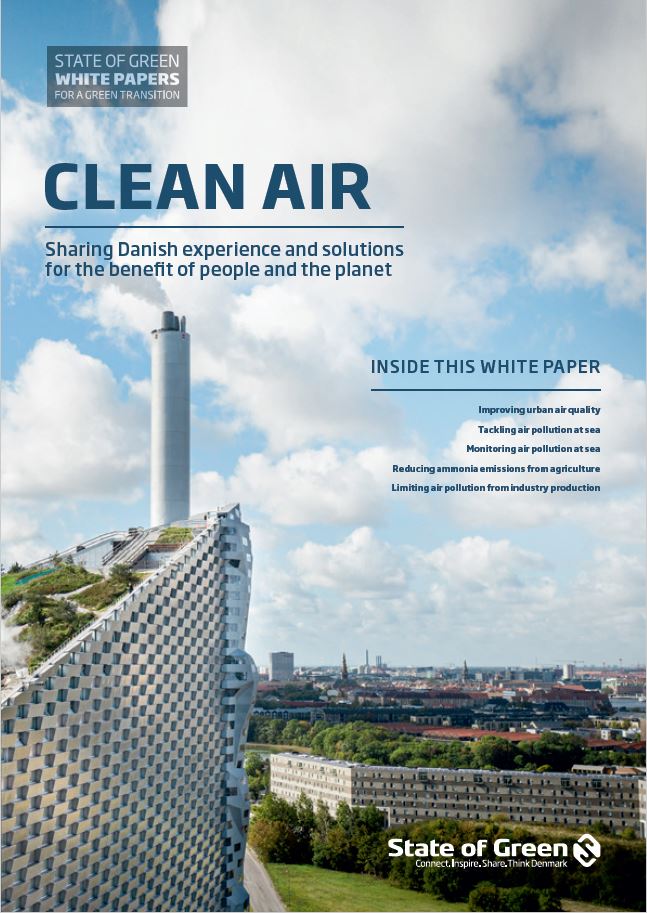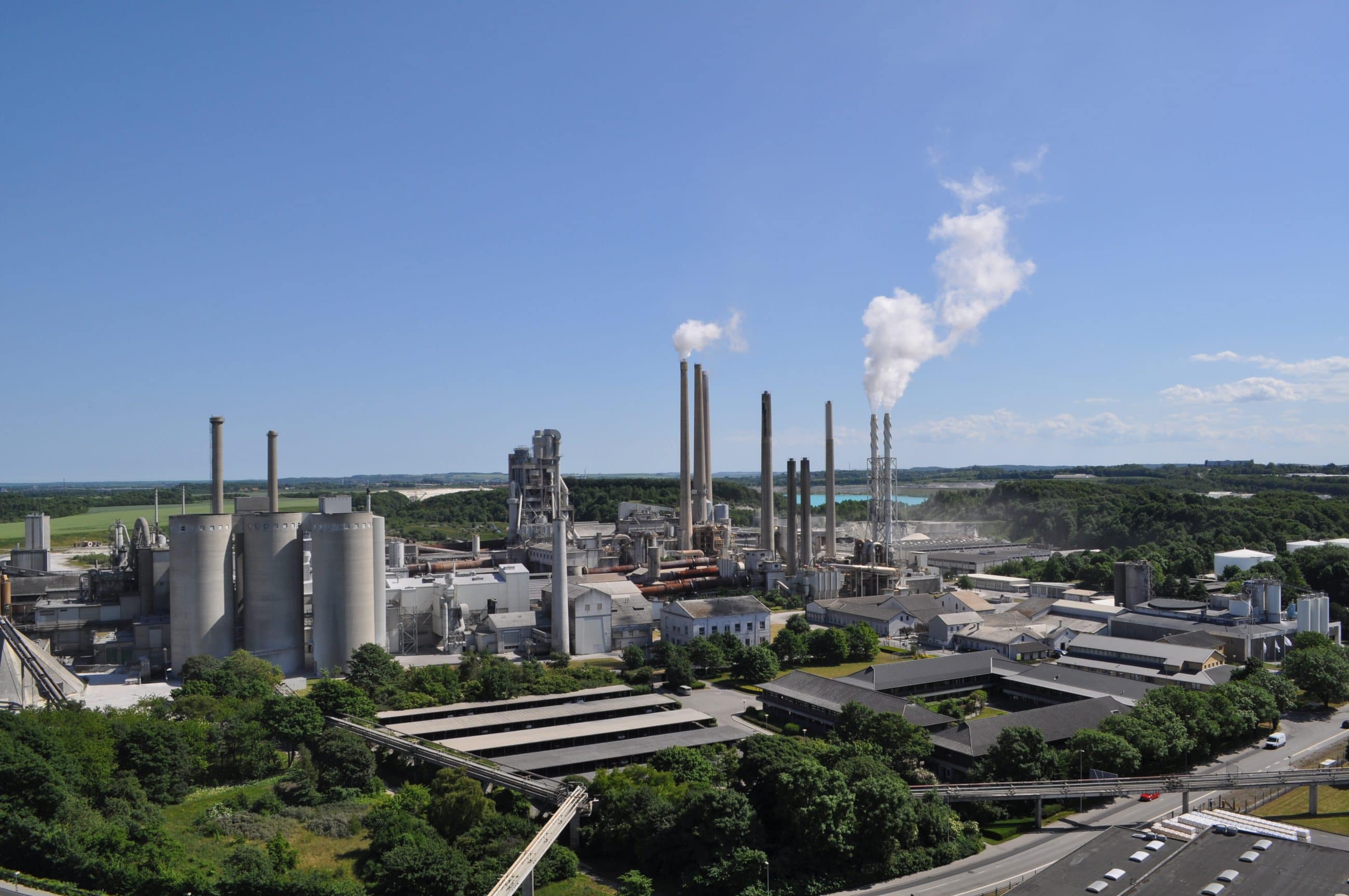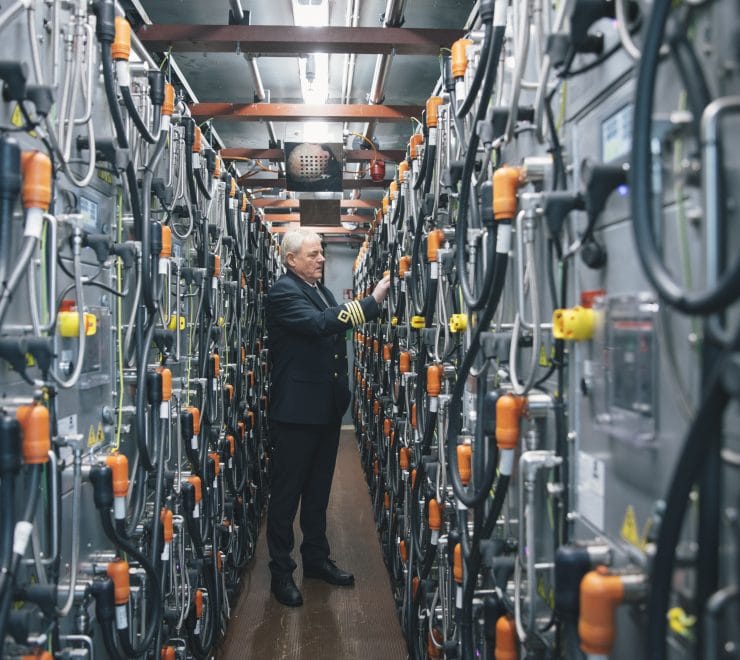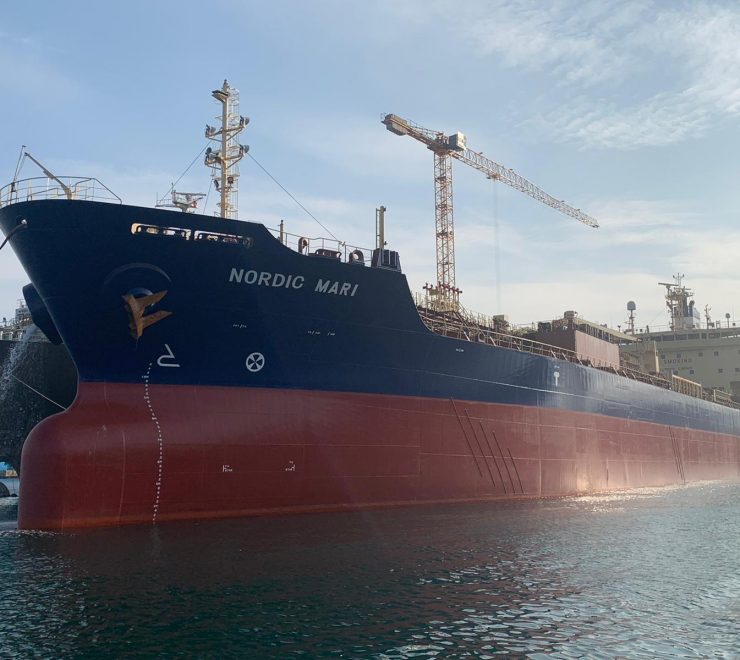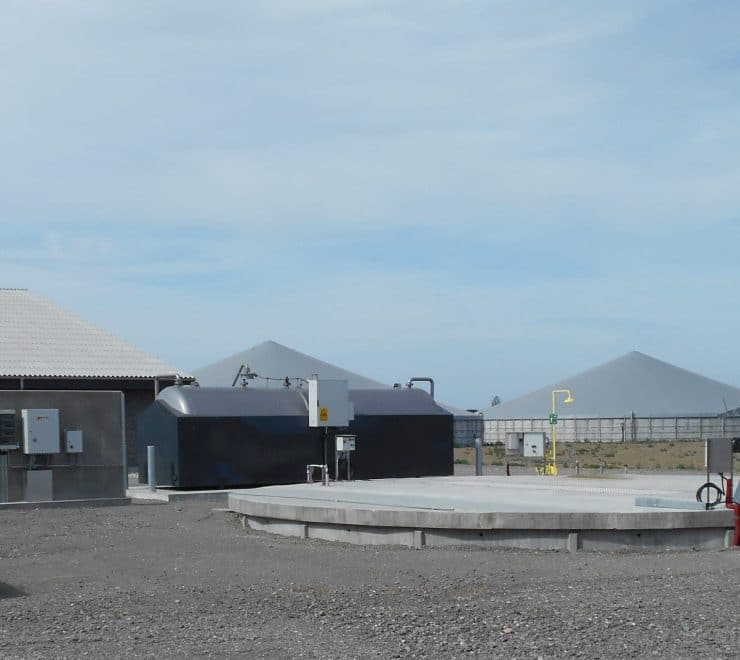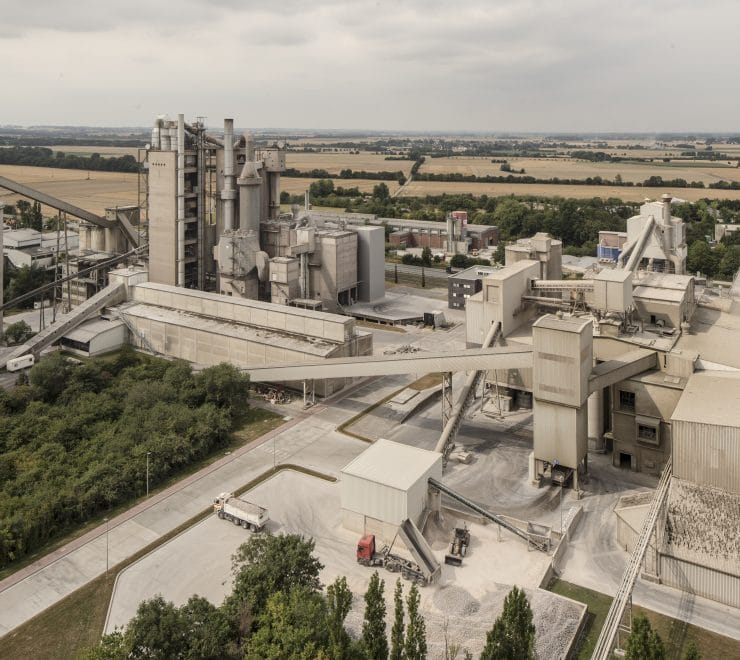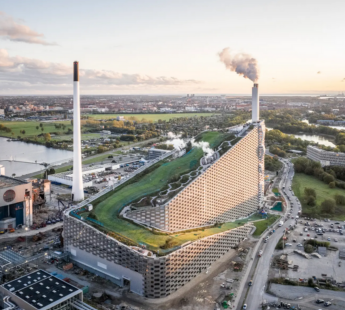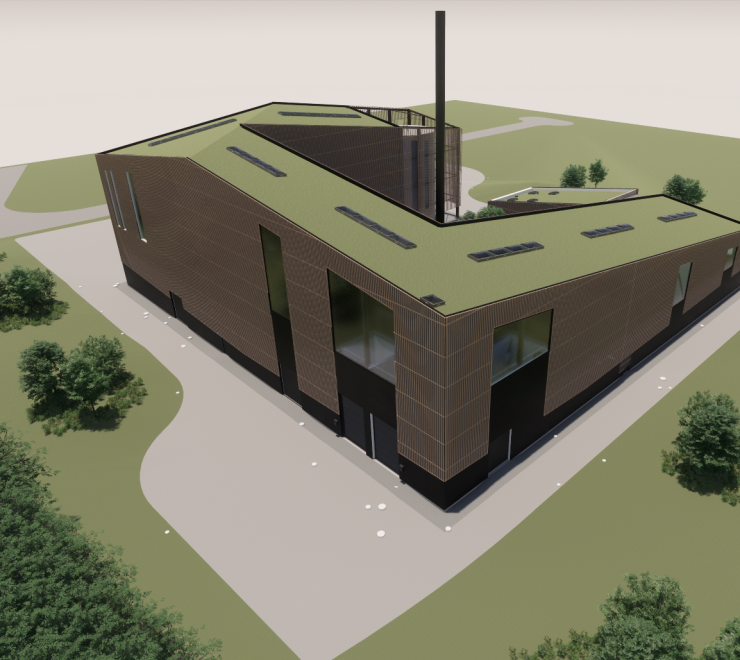Clean air in cities, shipping, agriculture, and industry production is a matter of global health. Consequently, this white paper highlights some of the best practice examples of Danish clean air solutions, which can be implemented in different sectors to reduce ambient air pollution.
In the publication, you will discover solutions ranging from air pollution monitoring to reducing ammonia emissions from agriculture.
Combating air pollution through innovation
Denmark has a five decades-long tradition of dedicating efforts to regulate air pollution through innovative solutions and regulative frameworks.
Ambient air pollution is a global health challenge causing the premature deaths of millions each year as well as a very high cost to societies globally.
Technological innovation is key in battling air pollution and at the same time maintaining economic growth. Here, industries play a crucial role in terms of innovating and developing new efficient solutions that can reduce air pollution. Solutions that often need to be incentivised through taxes, regulation, and other initiatives as a driver for the market.
Sector focus as a driver for clean air
For many years, Denmark has been focused on developing clean air technologies and solutions for those sectors that represent a significant source of air pollution, including shipping, industrial production, agriculture, transportation, heating, and power generation.
Coupled with strict environmental legislation and air quality monitoring, this sector focus has helped to significantly reduce ambient air pollution in Denmark’s urban and rural areas.
